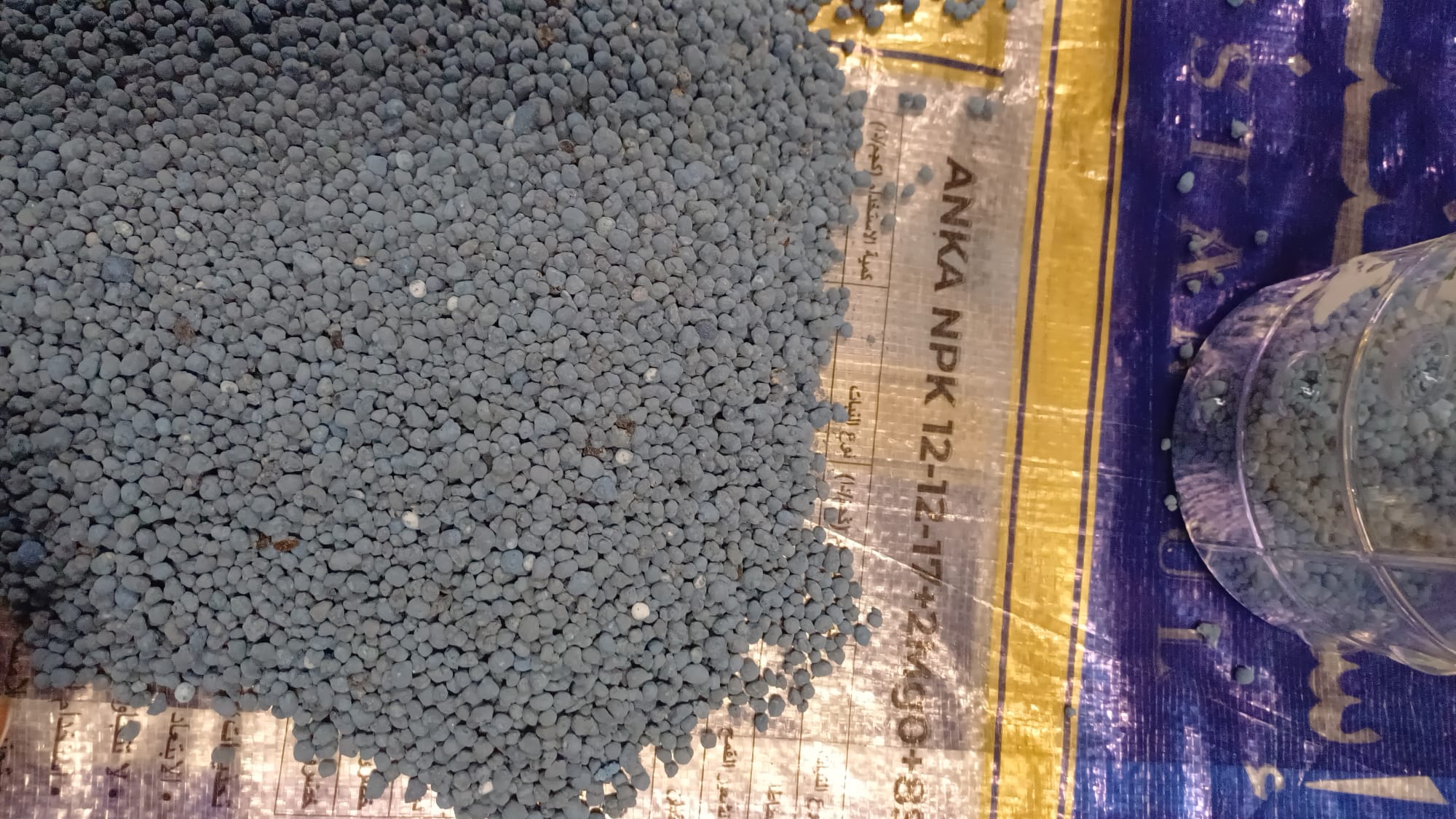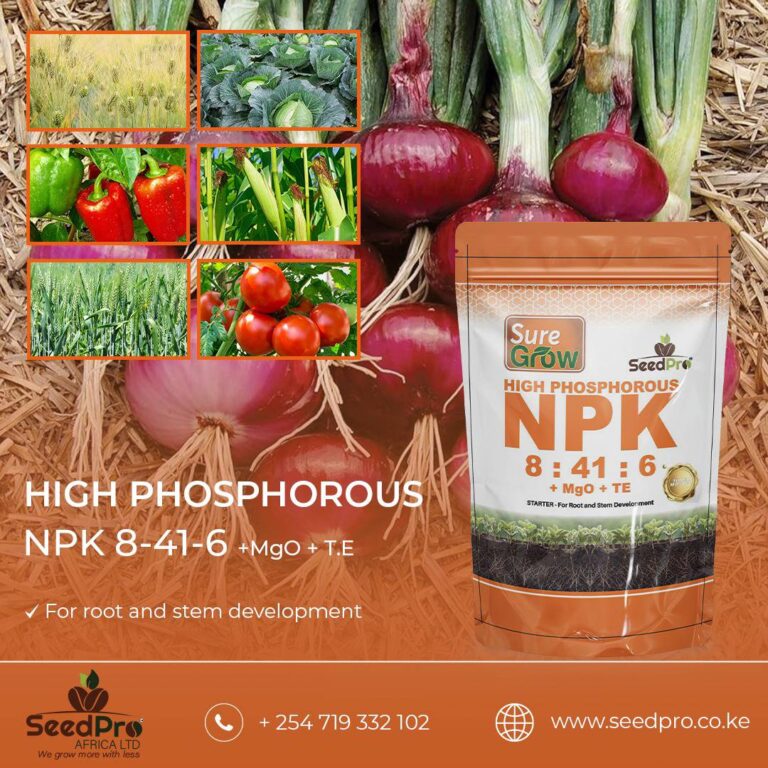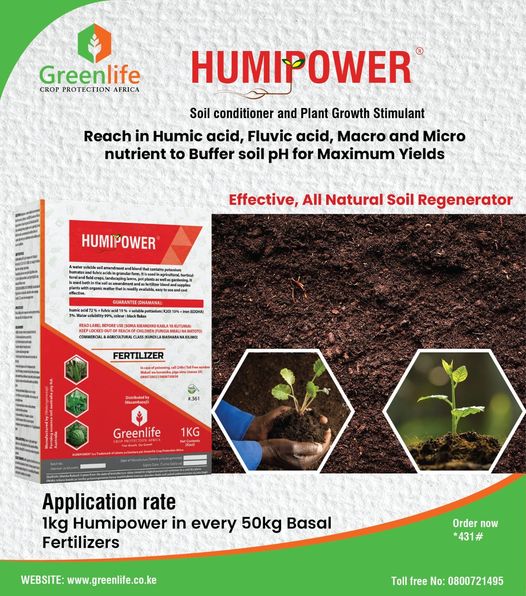Advantages and Disadvantages of Chemical Fertilizers
Chemical fertilizers are inorganic compounds applied to soils or plant tissues to provide nutrients essential for plant growth.
They are manufactured artificially through industrial processes and contain nitrogen, phosphorus, potassium and other minerals in known concentrations.
While chemical fertilizers have contributed tremendously to increased agricultural productivity, their excessive and indiscriminate use has also led to environmental issues.
This article examines the key benefits and drawbacks of using chemical fertilizers in agriculture.
What are Chemical Fertilizers?
Chemical fertilizers, also referred to as inorganic or synthetic fertilizers, provide plants with nutrients in an readily available form to boost growth and productivity. The most common chemical fertilizers include:
- Nitrogen fertilizers – Urea, ammonium nitrate, ammonium sulfate etc.
- Phosphate fertilizers – Superphosphate, triple superphosphate, ammonium phosphate etc.
- Potash fertilizers – Potassium chloride (muriate of potash), potassium sulfate etc.
These fertilizers may contain one key nutrient (single superphosphate provides just phosphorus) or a combination of nitrogen, phosphorus and potassium in varying ratios (NPK fertilizers).
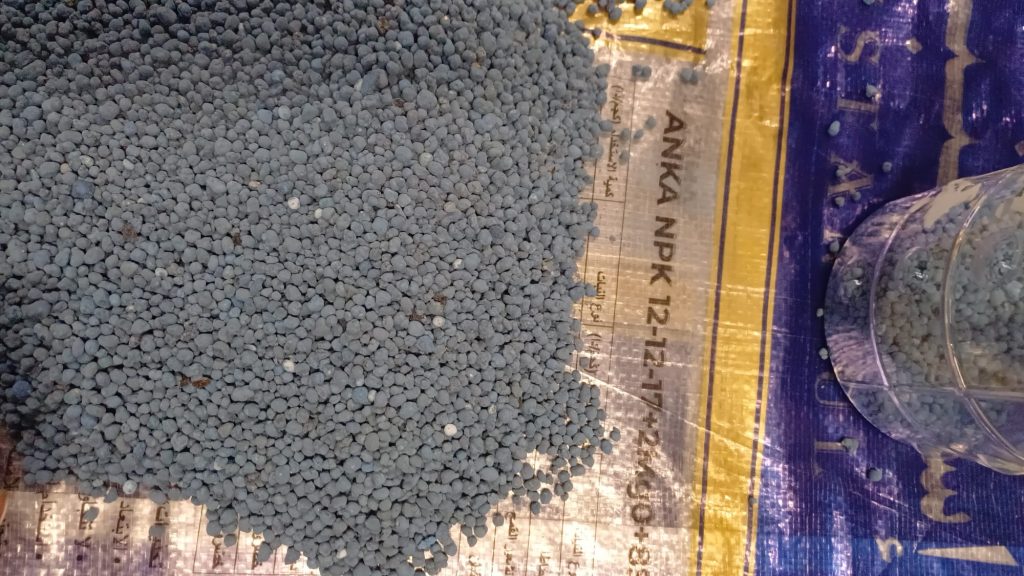
Micronutrients like zinc, boron and copper are also added to create fortified NPK mixtures. The article is structured in the following sections:
- Benefits of chemical fertilizers
- Drawbacks and risks of chemical fertilizers
- Best practices for using chemical fertilizers
- Sustainable alternatives and integration with organic sources
Advantages of Chemical Fertilizers
Chemical fertilizers provide the following benefits that have made them a core component of modern agriculture:
- Higher crop yields: Chemical fertilizers are formulated to contain key nutrients in readily available forms and precise concentrations. This allows rapid nutrient uptake by plant roots, fuelling increased growth and higher yields per acre.
- Rapid response: Because the nutrients are in inorganic forms, plants can quickly absorb and utilize them to show fast growth response. Deficiencies can be corrected promptly during the crop cycle.
- Concentrated nutrients: Chemical fertilizers contain higher concentrations of essential nutrients compared to organic options. Only small quantities are needed to fulfill plant requirements.
- Tailored nutrient ratios: Manufactured NPK grades can be customized with exact nutrient ratios tailored to the needs of specific crops and growth stages.
- Uniform composition: The nutrient composition of chemical fertilizers is uniform and consistent in every batch. This allows standardized application rates to be formulated.
- Lower labor requirements: Mechanized application of chemical fertilizers reduces labor needs compared to the effort for preparing and applying bulky organic materials.
- Lower costs: Inorganic fertilizers can be economically produced in bulk. The high concentration of nutrients reduces transportation and storage costs.
- Ease of application: Chemical fertilizers are convenient to transport, handle and apply using mechanized spreaders and irrigation systems.
Disadvantages and Risks of Chemical Fertilizers
However, the continuous use of chemical fertilizers has been associated with the following drawbacks:
- Soil acidification: Ammonium and urea-based nitrogen fertilizers can cause soil pH to drop over time, increasing acidity. This damages soil health and productivity.
- Water contamination: Fertilizer runoff into water bodies causes algal blooms and eutrophication, which is harmful to aquatic ecosystems. Nitrates and phosphates from fertilizers contaminate drinking water.
- Air pollution: Volatilization of ammonia from nitrogen fertilizers contaminates the air while nitrous oxide emissions exacerbate global warming.
- Loss of soil organic matter: Overuse of chemical fertilizers reduces microbial activity essential for building soil organic matter. This degrades soil structure and fertility.
- Micronutrient imbalances: Continuous application of only NPK fertilizers can deplete trace elements like zinc and boron in soils. This causes nutrient imbalances in plants.
- Toxicity risks: Excessive fertilizer use can accumulate salts in soils, causing toxicity and damage to plant roots. Nitrate accumulation in crops poses health risks.
- Pest and disease outbreaks: The high nitrogen levels and reduced soil health from chemical fertilizers make crops more susceptible to pest attacks and diseases.
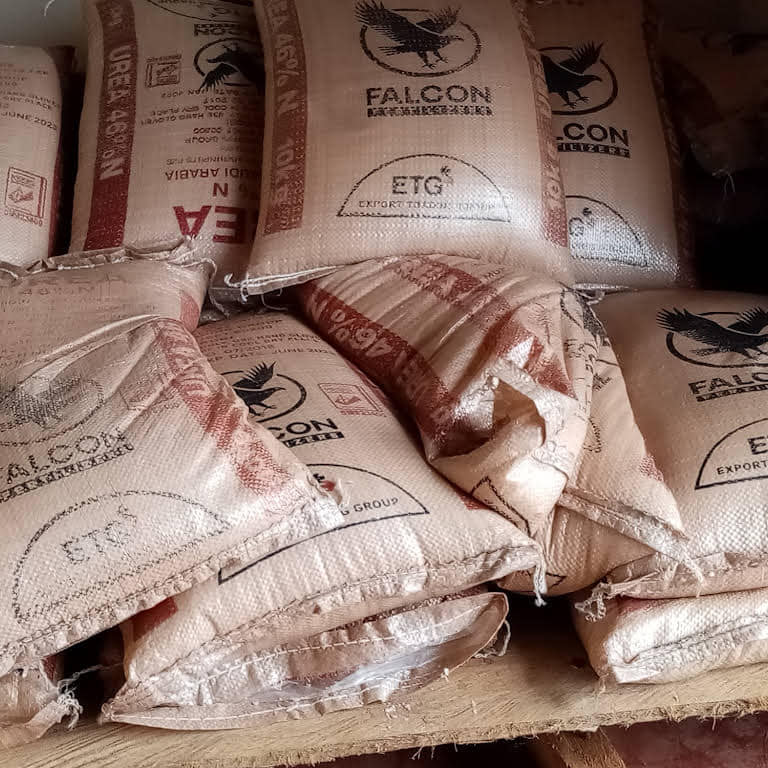
Best Practices for Using Chemical Fertilizers
While chemical fertilizers have an important role in agriculture, adopting sustainable practices can help minimize their potential downsides:
- Conduct soil testing to determine actual nutrient needs and avoid over-fertilization.
- Use slow or controlled release fertilizers that gradually supply nutrients matched to crop demand.
- Apply the 4R principles – right fertilizer source at the right rate, right time and right placement based on crop needs.
- Combine with organic manures, composts and green manures to improve soil health and offset acidification.
- Use nitrification and urease inhibitors to reduce nitrogen losses to air and water.
- Employ precision farming techniques to apply fertilizer site-specifically within fields based on soil variability.
- Adopt conservation practices like cover cropping, crop rotation and buffer strips to reduce fertilizer runoff and leaching.
Sustainable Alternatives and Integration
While chemical fertilizers will continue serving a key role, integrating them judiciously with organic sources can promote a more sustainable approach:
- Organic manures and composts provide a slow release of a wide range of macro and micronutrients.
- Green manures like cover crops naturally fix nitrogen and prevent nutrient losses when turned over.
- Biofertilizers introduce beneficial microbes into soils to enhance nutrient availability to crops.
- Integrated Nutrient Management utilizes the best practices of organic and chemical approaches that are tailored to local conditions.
- Precision agriculture can allow site-specific integrated nutrient management within fields based on soil and crop needs.
